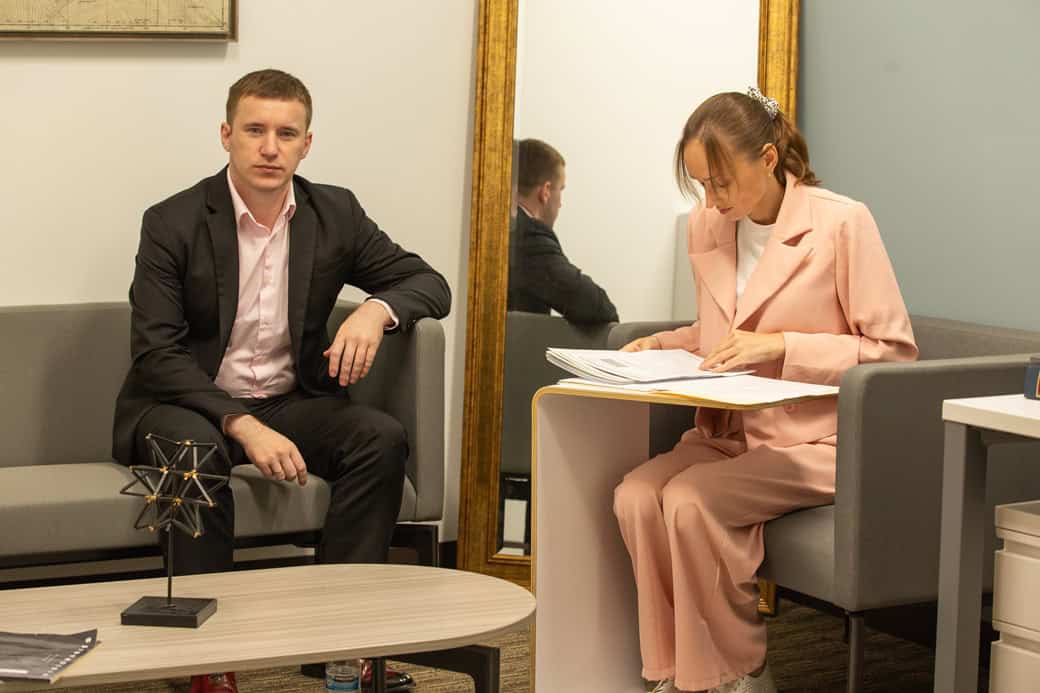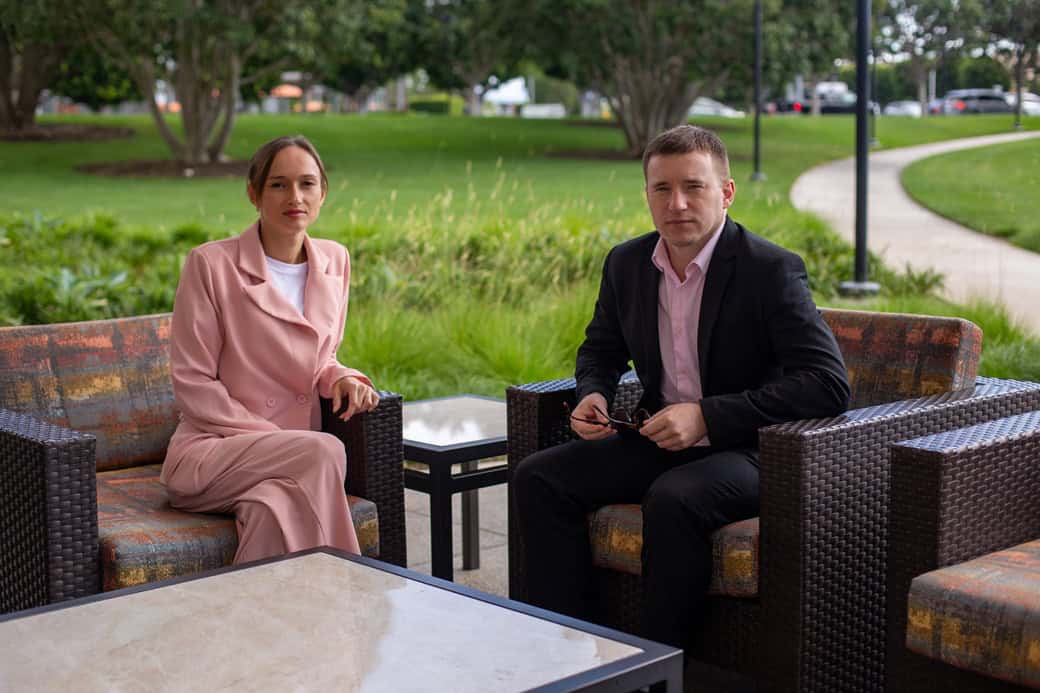Employment-based immigrationPremium processing for employment-based visas: Is It Worth It?
March 21, 2025by Neonilla Orlinskaya
The United States Citizenship and Immigration Services (USCIS) offers a variety of pathways for foreign nationals to live and work in the U.S., including employment-based (EB) immigrant visas. These visas-such as the EB-1 for extraordinary ability, EB-2 for advanced degree holders, and EB-3 for skilled workers-are critical for employers and individuals seeking permanent residency. However,...
Citizenship and naturalisationHow to Prepare for the U.S. Citizenship Interview and Naturalization Test
March 20, 2025by Neonilla Orlinskaya
Becoming a U.S. citizen is a transformative milestone for immigrants worldwide, granting rights such as voting in federal elections, obtaining a U.S. passport, and sponsoring family members for immigration. However, the path to naturalization depends on successfully completing the U.S. citizenship interview and test administered by the U.S. Citizenship and Immigration Services (USCIS). As of...
Employment-based immigrationUnderstanding Employment Authorization Documents (EAD): Who Needs One?
March 19, 2025by Neonilla Orlinskaya
The Employment Authorization Document (EAD), commonly referred to as a work permit, is an important piece of identification issued by the United States Citizenship and Immigration Services (USCIS). It grants non-U.S. citizens and non-permanent residents the legal right to work in the United States for a specified period of time. For many immigrants, the EAD...
Business immigrationE-2 Treaty Investor Visa: Start a U.S. Business
March 18, 2025by Neonilla Orlinskaya
The E-2 Treaty Investor Visa is a powerful gateway for foreign nationals from treaty countries to live and work in the United States by investing in a U.S.-based business. As of March 18, 2025, this nonimmigrant visa continues to attract entrepreneurs eager to launch or expand ventures in the U.S. without pursuing permanent residency. Offering...
Family-based immigrationThe Impact of Divorce on Family-Based Immigration Petitions
March 17, 2025by Neonilla Orlinskaya
Divorce is a life-altering event that can have profound implications beyond the emotional and financial realms, particularly for individuals entangled in the U.S. immigration system. For those pursuing family-based immigration petitions—such as spousal green cards or other visa categories reliant on familial relationships—divorce introduces a layer of complexity that can jeopardize immigration status, delay applications,...
AsylumCountry Conditions and Asylum Claims: How they shape your case
March 16, 2025by Neonilla Orlinskaya
When seeking asylum, understanding the relationship between country conditions and asylum claims is critical. Asylum decisions hinge on proving a “well-founded fear of persecution” based on race, religion, nationality, political opinion, or membership in a particular social group, as outlined in the 1951 UN Refugee Convention. Proving this fear, however, requires more than personal testimony...
Family-based immigrationConditional Permanent Residency: What Spouses Need to Know About the Two-Year Rule
March 14, 2025by Neonilla Orlinskaya
If you marry a U.S. citizen or lawful permanent resident and move to the United States, you may receive what is called a “conditional green card. This isn’t the same as a regular green card, which lasts 10 years. Instead, it’s a temporary one that only lasts for two years. Why is this? The U.S....
Non-immigrant visaNavigating the F-1 Student Visa Process: From Application to Arrival
March 14, 2025by Neonilla Orlinskaya
The United States remains a top destination for international students seeking a world-class education, with more than 1 million students enrolled annually in recent years. For those planning to study in the U.S. in 2025, obtaining an F-1 visa-the primary nonimmigrant visa for full-time academic students-is a critical step. This comprehensive guide walks you through...
Employment-based immigrationCan an H-1B visa lead to a green card? Understanding the process
March 12, 2025by Neonilla Orlinskaya
The H-1B visa is one of the most popular temporary work visas in the United States, allowing skilled foreign professionals to work for U.S. employers in specialty occupations. Fields such as technology, engineering, medicine, and science often rely on H-1B workers. But for many visa holders, the ultimate goal isn’t just temporary employment – it’s...










